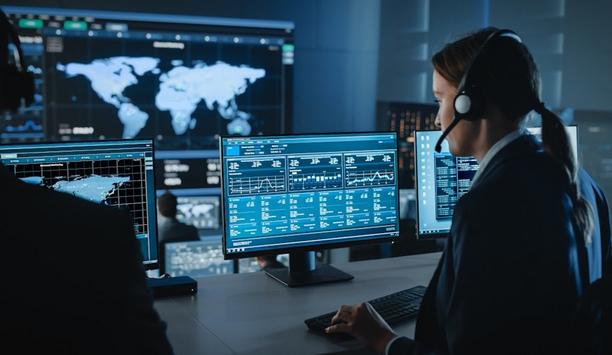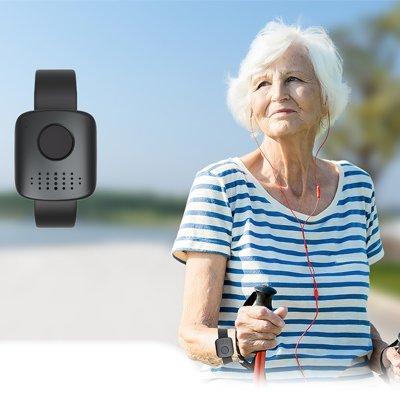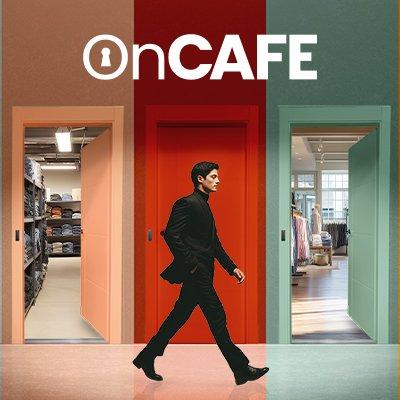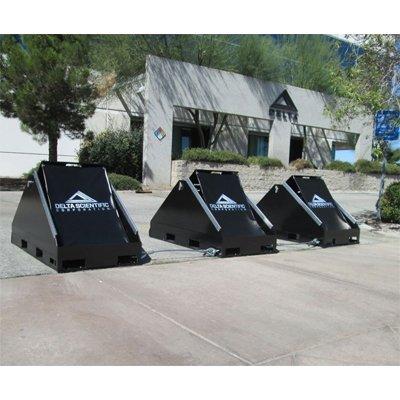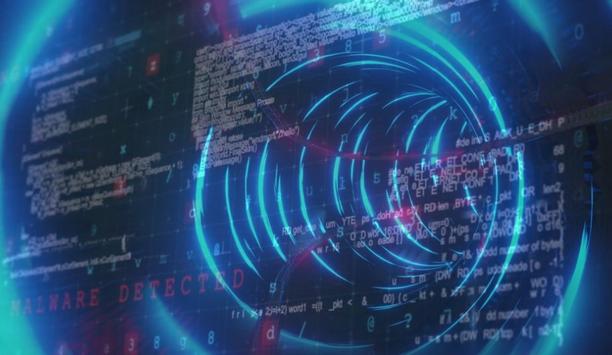When it comes to the protection of airports there are a number of key threats ranging from 'simple' criminal activity to full blown terrorism, both within the airport perimeter and on aircraft. Some of these problems were underlined dramatically last summer with the heightened security at UK airports in response to the perceived threat of bombs manufactured by combining liquids. This resulted in much more thorough scanning of hand baggage and restrictions relating to carrying liquids onto aircraft.
We are now seeing ever more sophisticated networked electronic security systems being applied from CCTV to access control. Such solutions have to cope with a multitude of challenges and ensure the smooth running of critical infrastructure across tens of acres, with surveillance of aircraft hangars, the airfield perimeter, around the apron for aircraft protection, valuable cargo areas, in airport car parks, on buses to and from the terminal, in the terminal itself including check-in, security screening, retail outlets and the baggage hall.
The ability to bring together various technologies into one solution is very much at the forefront of the re-definition of security in the IP environment. The widespread adoption of a common architecture for a variety of CCTV systems, for example, from mobile digital DVRs to IP Cameras facilitates deeper integration in large scale distributed video applications. The attraction being that any device attached to an airport's network will operate with other compatible systems, allowing common interfaces and image indexing techniques to be employed and managed, without the potential loss of performance or functionality.
The security guarding function is one of the most visible and critical security functions, as officers operate x-ray and scanning equipment and search passengers to ensure that the security of the aircraft and those onboard aircraft. Another important area is that of physical security, with gates, fencing, locks and security doors, providing vital barriers against security breaches.
Recently there has been a further change in policy within UK airports regarding numbers of hand carried bags which passengers may take through security. Although many airlines are perfectly happy to allow passengers to have two bags on board, typically an overnight case and a laptop or ladies handbag, UK airport authorities appear to feel that checking two bags per passenger causes too much delay at the security scanners. Our industry needs to be aware of the inconvenience being caused to passengers by this policy and to use the effectiveness of joined-up electronic security to help convince the airport authorities to select the right equipment and, by doing so, cause the minimum of inconvenience to passengers.
At the BSIA the importance of airport security has been recognized with the setting-up of a specific Civil Aviation Security Section to pool the expertise of member companies that work to secure the UK's airports and airlines. This section focuses on exchanging best practice and co-operating with key bodies for the benefit of the industry and its customers.
For more information visit www.bsia.co.uk.







